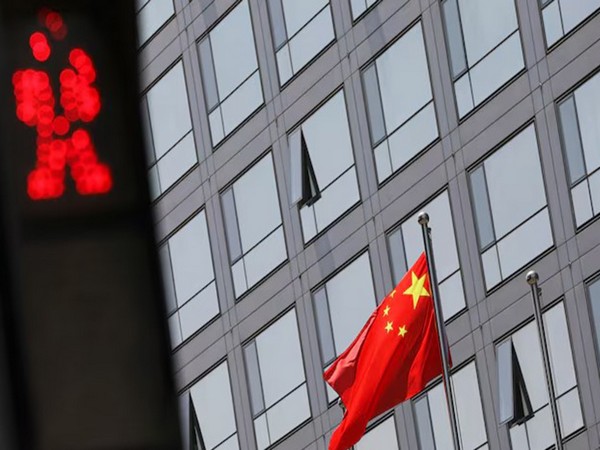
FAO launches groundbreaking financing facility to help prevent food crises before they escalate
Jul 03, 2025
Rome [Italy], July 3: The Food and Agriculture Organisation of the United Nations (FAO) launched the Financing for Shock-Driven Food Crisis (FSFC) Facility, a mechanism that builds on the existing initiatives to anticipate and prevent escalating food emergencies before they occur. The Facility was unveiled on the sidelines of the 44th Session of the FAO Ministerial Conference.
At the launch event, FAO Director-General QU Dongyu called for a fundamental shift in how the world responds to food crisis-moving from reactive emergency aid to anticipatory action and financing.
"Each year, millions of people are pushed into hunger due to droughts, floods, conflict, and economic shocks," Qu said noting that the response often comes after crises have spiraled out of control and escalated into full-blown emergencies. "The FSFC is designed to change that paradigm. It offers a new model of anticipatory action, built on a simple but powerful truth: it is more effective-and more cost-efficient-to act before a crisis becomes a catastrophe."
Evidence from FAO and partners shows that every $1 invested in anticipatory response can yield savings of up to $7, while delivering better outcomes for people at risk. We also know that $1 will scale to $10 of coverage if we bring the reinsurance system onboard.
Developed under Italy's 2024 G7 Presidency, with the technical contribution of the World Food Programme (WFP) and the UN Office for the Coordination of Humanitarian Affairs (OCHA), the FSFC represents a transformative step forward in crisis response. Built on real-time data, predictive analytics, and science-based triggers, the Facility enables earlier, faster and more targeted interventions.
The Facility is the first of its kind to bring together the following key elements:
Anticipatory action and rapid-response financing, allowing faster and more cost-effective action;
Blended and innovative financing from public and private sources, including reinsurance markets;
Cutting-edge analytics to address up to 12 types of hazards, including droughts, floods, locust outbreak, tropical cyclone, price shocks, and conflict;
FAO's first integrated Risk Monitoring and Situation Room at FAO headquarters delivering real-time monitoring to coordinate early detection, warning, and response.
Source: Emirates News Agency






